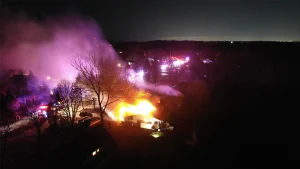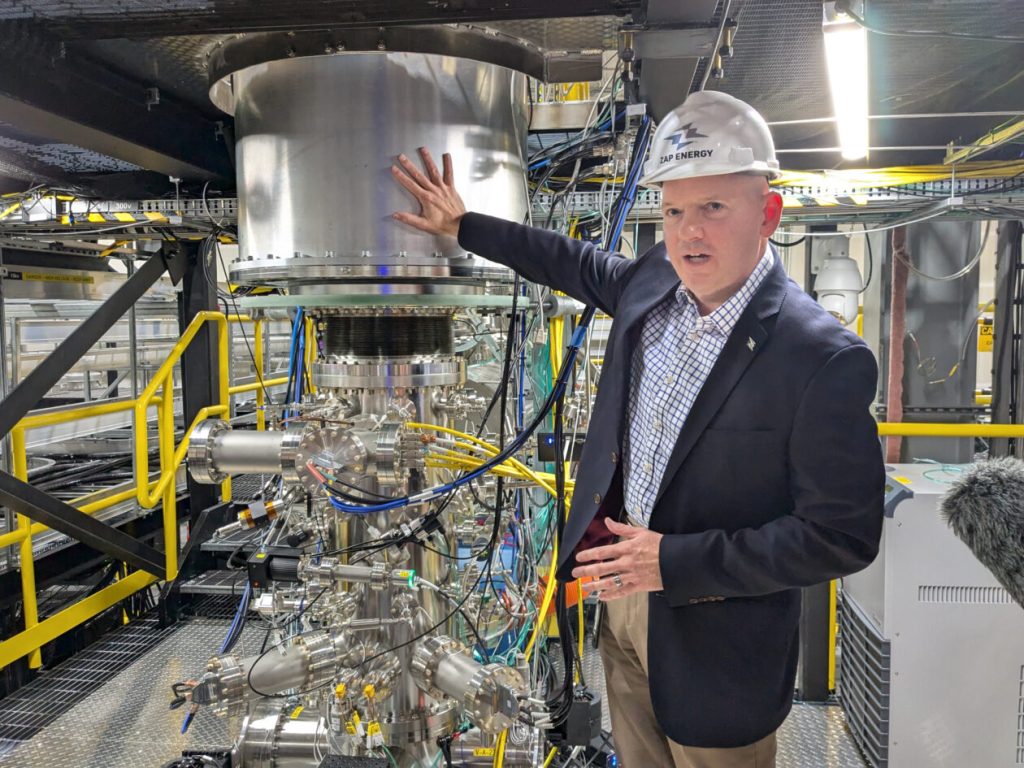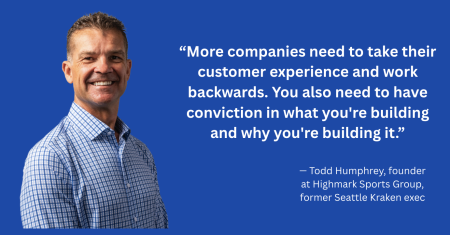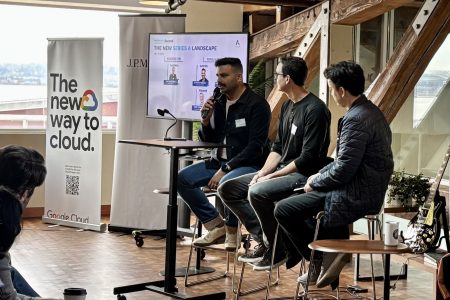The Quest for Fusion Energy: Inside Zap Energy’s Journey to Harness “A Star in a Jar”
In a nondescript facility in Everett, Washington, a small team of Zap Energy engineers gathers in what resembles a mission control center, surrounded by large computer monitors displaying complex data. The atmosphere is tense but focused as they prepare to create something extraordinary: super-heated plasma that could one day unlock the holy grail of clean energy. The process begins with a methodical checklist as each engineer confirms their system’s readiness—from massive capacitors housed in shipping containers to the silvery liquid metal cooling the reactor core. Then comes the countdown: “Starting sequence, and three, two, one… Charging.” The successful shot produces a satisfying “thump” followed by a flash of purple-hued light. This brief moment represents years of scientific pursuit and a small step toward what could revolutionize global energy production. Zap Energy is among four fusion companies in the Pacific Northwest and approximately 45 worldwide racing to achieve what has eluded scientists for decades: replicating the sun’s power source on Earth to generate clean, abundant electricity.
The achievement that the Zap team is particularly proud of came earlier this year when they created more than 1,000 consecutive plasmas over three hours. Since then, their Century system has delivered over 10,000 plasma-forming shots under various configurations, each providing valuable data that inches them closer to what Ben Levitt, Zap’s vice president of R&D, poetically describes as capturing “a star in a jar.” The concept sounds deceptively simple—create plasma hot, dense, and stable enough to force atoms together, releasing enormous energy in the process. Yet despite decades of research and billions in investment, no one has achieved the breakthrough of producing more energy than required to run the devices. The uncertainty hasn’t deterred investors, particularly as electricity demand soars to power data centers and AI operations. Tech luminaries have bet heavily on fusion’s potential, with Chris Sacca’s Lowercarbon Capital and Bill Gates’ Breakthrough Energy Ventures backing Zap, while OpenAI CEO Sam Altman supports neighboring Everett-based Helion Energy.
What makes Zap’s approach distinctive is its method of creating and containing plasma. While other fusion companies rely on complex magnetic fields or powerful lasers, Zap runs an incredibly high current through plasma in its reactor, generating a self-confining magnetic field. “This is literally a tame lightning bolt,” explains Matthew Thompson, Zap’s vice president of systems engineering—though in reality, the current is twenty times more intense than an actual lightning strike. This approach offers significant advantages in terms of cost and scalability. The reactor chamber, roughly the size of a water heater, doesn’t require the elaborate magnets and lasers that other fusion approaches demand. Levitt describes their method’s elegant efficiency: “It’s this so-called self-organized plasma structure which confines itself with its own magnetic field. And it makes its own magnetic field just when it needs it, for those few microseconds, and then it goes away.”
Since its founding in 2017 based on research from the University of Washington, Zap has attracted $330 million from investors and $13 million in Department of Energy grants, growing to a team of 150 people. The company pursues development on two parallel tracks—one team focuses on improving the plasma and fusion reactors themselves, while another works on the surrounding systems needed to power the reactors and eventually harness the energy fusion would produce. “These are parallel efforts,” Levitt explains. “It’s getting the plant technology ready while we perfect the plasma performance.” This dual approach reflects the company’s pragmatic recognition that fusion energy requires not just scientific breakthroughs but also practical engineering solutions to integrate with existing power infrastructure.
The Century system, commissioned in 2024, represents Zap’s latest technological platform, and progress has been impressive though incremental. The company has already increased the average power delivered to the system twentyfold, reaching 39 kilowatts, with near-term goals of 100 kilowatts and then 1 megawatt. Commercial viability would require reaching 10 megawatts. Firing speed presents another challenge—Century initially created plasma once every 10 seconds and has since improved to once every 5 seconds. But as Levitt acknowledges, the gap between current capabilities and commercial requirements remains vast: “Ultimately, for a power plant, you’re going to need to do that 10 times a second, so much faster. But we’re not worrying about that right now.” This methodical, step-by-step approach characterizes the fusion energy field, where progress comes through persistent effort rather than sudden breakthroughs.
The pursuit of fusion energy exemplifies human ingenuity at its most ambitious—attempting to recreate cosmic processes in laboratory settings to address our planet’s energy needs. Inside Zap’s facility, each plasma “thump” represents both the culmination of decades of scientific advancement and the beginning of what could be a new energy paradigm. While the technical challenges remain immense and success uncertain, the potential reward of clean, virtually limitless energy continues to motivate scientists, engineers, and investors. The purple flash from Zap’s reactor might seem modest compared to the sustained nuclear fusion powering our sun, but it contains the seeds of a potential energy revolution. As electricity demands grow exponentially with technological advancement, the race to harness fusion energy has never been more relevant or urgent. Companies like Zap Energy stand at the frontier of this scientific quest, balancing methodical research with the pressing need for transformative energy solutions.














